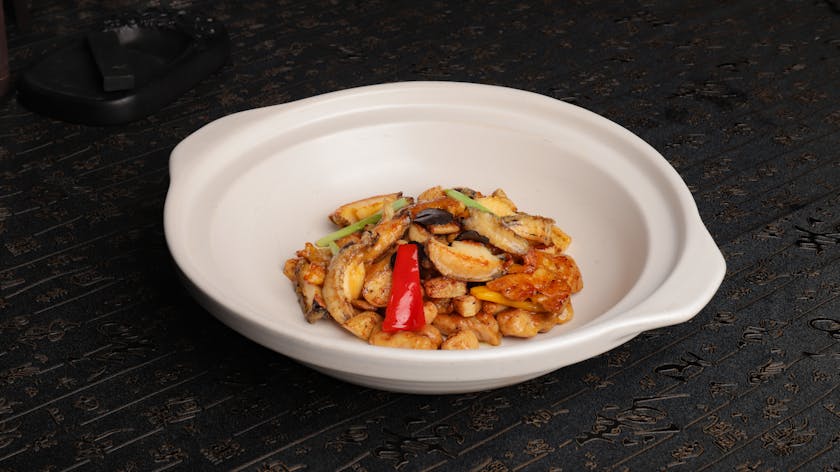When considering emergency preparedness, bulk meal storage is a critical component of ensuring your family’s well-being. This how-to guide will walk you through the key steps to effectively store meals for those unexpected situations.
Understanding the Basics of Bulk Meal Storage
It’s important to recognize the significance of having a well-thought-out plan for your food reserves. Bulk meal storage isn’t simply about having a stash of food; it’s about strategically selecting and preparing meals that will sustain your family through times of crisis. The goal is to have a variety of nutritious meals that can last for an extended period without refrigeration.
Selecting the Right Foods for Your Emergency Pantry
Start by choosing non-perishable food items that have a long shelf life and require minimal preparation. Examples include dried grains, beans, powdered milk, canned vegetables, and fruits, as well as freeze-dried or dehydrated meals. Once-a-month cooking enthusiasts can prepare these items in bulk and package them in airtight containers.
Proper Packaging and Storage Solutions
After preparing your meals, it’s crucial to package them correctly to prevent spoilage and pest infestations. Use vacuum-sealed bags, Mylar bags with oxygen absorbers, or food-grade buckets with tight-fitting lids. Label each package with the contents and the date of packaging to keep track of your inventory.
Maintaining Ideal Storage Conditions
The longevity of your bulk-stored meals heavily depends on the environment they are kept in. Find a cool, dark, and dry place in your home, such as a basement or a dedicated storage closet, to ensure the best preservation of your food. Avoid areas where temperatures fluctuate or where there might be exposure to direct sunlight.
Temperature control is key – aim to keep your storage area at or below 70 degrees Fahrenheit. Additionally, consider using shelving units to keep food off the floor and organized for easy rotation and access.
Creating a Meal Rotation Schedule
As with any stockpile, it’s essential to rotate your meals to use the oldest items first. This practice, often referred to as “first-in, first-out,” guarantees that you consume your meals before they reach the end of their shelf life. Incorporate these stored meals into your regular once-a-month cooking routine to ensure continuous rotation and replenishment.
Incorporating Bulk Meal Storage into Once-a-Month Cooking
When planning your once-a-month cooking sessions, integrate meals that are specifically designed for long-term storage. This might include batch-cooking stews, soups, and casseroles that can be easily frozen or dehydrated. Remember, the diversity of meals will help keep morale high in difficult times, so get creative with your recipes.
Staying Prepared with Regular Inventory Checks
Lastly, make it a habit to regularly check your emergency food supply. This includes inspecting packages for any signs of damage, verifying expiration dates, and replenishing any consumed items. Staying organized and vigilant with your bulk meal storage will give you peace of mind knowing that you’re prepared for any emergency.



